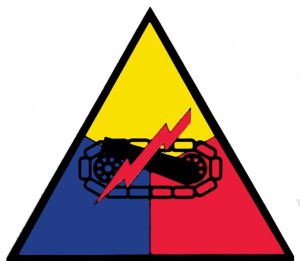
Molaro, Pvt. Louis
Pvt. Louis Molaro was born on April 17, 1916, in the Bronx, New York City, New York, and was the son of Salvatore Molaro and
More results...
 In May 1942 the Japanese began transferring POWs by sea. Similar to treatment on the Bataan Death March, prisoners were often crammed into cargo holds with little air, food or water for journeys that would last weeks. Many died due to asphyxia, starvation or dysentery. Some POWs became delirious and unresponsive in their environment of heat, humidity, and lack of oxygen, food, and water. These unmarked prisoner transports were targeted as enemy ships by Allied submarines and aircraft.
In May 1942 the Japanese began transferring POWs by sea. Similar to treatment on the Bataan Death March, prisoners were often crammed into cargo holds with little air, food or water for journeys that would last weeks. Many died due to asphyxia, starvation or dysentery. Some POWs became delirious and unresponsive in their environment of heat, humidity, and lack of oxygen, food, and water. These unmarked prisoner transports were targeted as enemy ships by Allied submarines and aircraft.
More than 20,000 Allied POWs died at sea when the transport ships carrying them were attacked by Allied submarines and aircraft. Although Allied headquarters often knew of the presence of POWs through radio interception and code breaking, the ships were sunk because interdiction of critical strategic materials was more important than the lives of prisoners-of-war, and because Allied leaders feared that a pattern of sparing POW ships might lead the Japanese to use prisoners as human shields on valuable targets.
[Source: Wikipedia]

Pvt. Louis Molaro was born on April 17, 1916, in the Bronx, New York City, New York, and was the son of Salvatore Molaro and

PFC Salvador J. Montero was born in New Mexico in 1917 to Mr. and Mrs. Philip Montero. Nothing is known about his early life but

Pvt. George Walter Moodt was born on July 8, 1918, in Hartsgrove Township, Ashtabula County, Ohio, to Ralph Moodt and Sarah Mueller-Moodt, who were Hungarian

What is known about Private August James Moody is that he was born on April 12, 1918, in Rowan County, Kentucky. He was the son

Pvt. Albert Bland Moore was born on July 15, 1920, in Mackville, Kentucky, to Robert L. Moore and Gertrude A. Roberts-Moore. He was raised in

Pvt. Francis Ignacius McGuire was born on April 26, 1917, in Tooele County, Utah, to Bartholomew McGuire and Mary Duffy-McGuire. With his two brothers and

Pvt. Raymond Hayden McGill was born on July 12, 1920, in Caddo County, Oklahoma, to Joseph A. McGill and Callie Thomas-McGill. With his sister and

Pvt. Ira Clifton Morgan was born on March 22, 1913, in Daingerfield, Texas, to Rudolph W. Morgan and Lucy B. Galloupe-Morgan. He had two sisters

2nd Lt. Ben R. Morin was born in Woonsocket, Rhode Island, on August 15, 1920, to Benjamin and Josephine Morin. With his four sisters and

Major John Coffinberry Morley was the oldest of five children born to Lieutenant Commander John Edward Morley and Nadine Morgan Coffinberry-Morley. He was born in